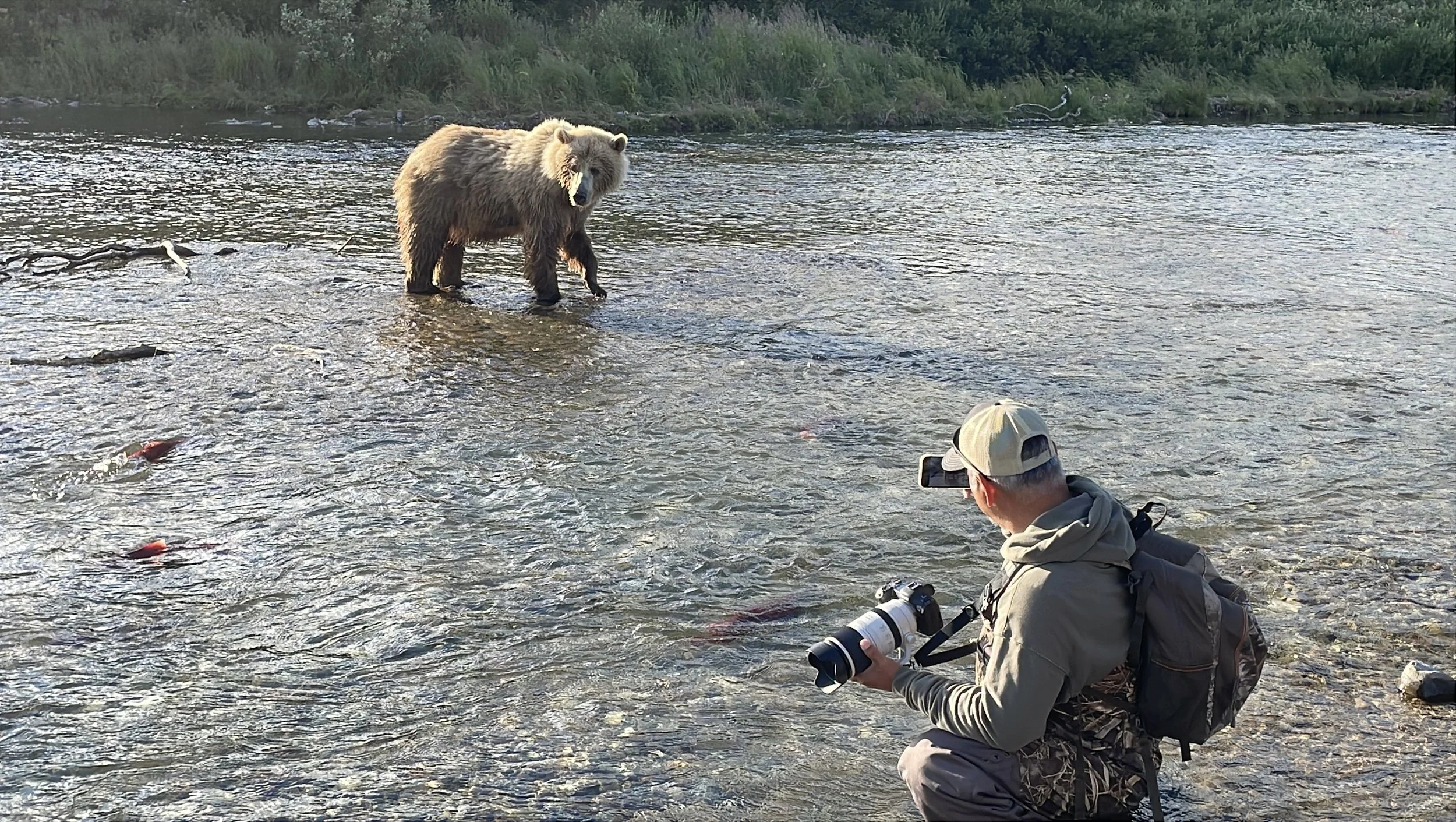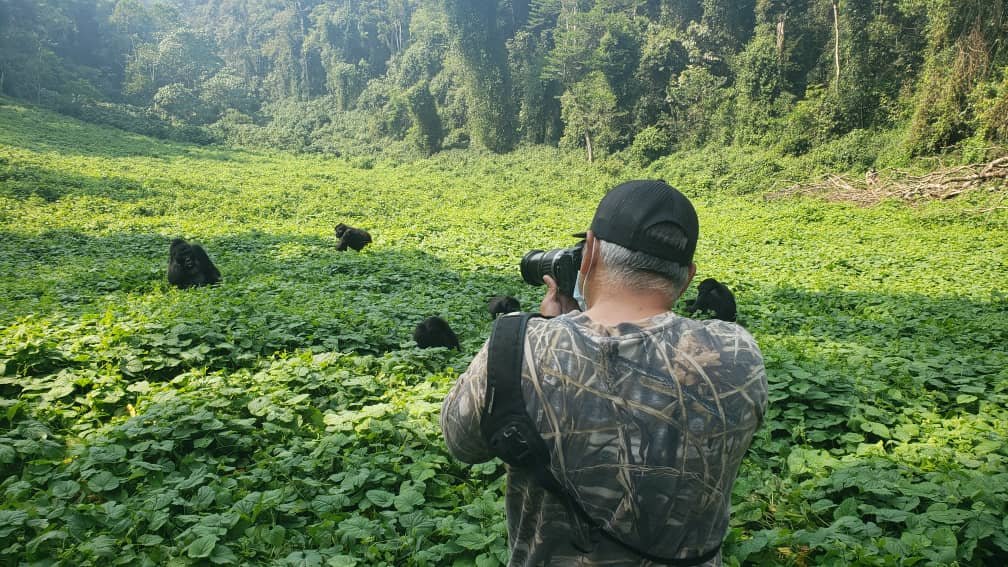Wildlife photographer Jean Dubois, shooting using natural light… Crocodile Diving off Banco Chinchorro, MX. 1/320, f8, ISO 500
When it comes to underwater photography, strobes are often the go-to choice for professionals. They bring out vibrant colors and allow for incredible detail in any lighting condition. However, there’s another side to underwater photography that’s often overlooked but equally exciting… Natural Light Photography.
This approach leverages ambient light from the sun to create images with a more organic and authentic feel. It’s less intrusive to wildlife, offers greater freedom of movement, and provides a unique challenge that pushes your skills as a photographer.
Black Manta Ray off Socorro Island, Mexico. 1/320, f8, ISO 1000
Let’s dive into why natural light photography is worth exploring.
One of the biggest advantages of natural light photography is the freedom it gives you underwater. Without strobes and bulky strobe arms attached to your camera rig, you’re far more streamlined. This makes swimming easier, especially when free diving or dealing with strong currents.
Great Hammerheads off Bimini Bahamas. 1/320, f8, ISO 320
More importantly, it allows you to move fluidly and follow wildlife with minimal disruption.
Animals are often spooked by flashing lights, but with natural light, you can get closer and stay longer, building trust and capturing more intimate moments.
Natural light photography is less intrusive, which can be a game-changer when photographing sensitive marine animals like sharks, whales, and dolphins. Without the startling pop of a strobe, they are more likely to stay calm and tolerate your presence.
Some of my favorite moments underwater have been with animals mere inches from my dome port, calmly going about their lives. It’s these moments that make natural light photography so rewarding—it’s not just about capturing a shot but trying to experience a genuine connection with the wildlife.
Right Whale off Patagonia, photographed under permit. 1/320, f9, ISO 800
Of course, natural light photography comes with its challenges. The underwater environment absorbs light and color at different depths:
Red disappears around 15 feet.
Orange fades by 30 feet.
Yellow is gone by 60 feet.
Greens fade by 100 feet, leaving mostly blues.
This means your ability to capture vibrant images depends heavily on factors like depth, water clarity, and time of day. Cloudy skies or low light conditions can make it even more difficult, requiring careful adjustments to your camera settings.
Great White Shark off Guadalupe Island, MX. 1/320, f8, ISO 400.
Despite the challenges, natural light photography is incredibly rewarding.
It forces you to think creatively, adapt to your environment, and work within the constraints of the available light. But, when you nail the exposure, composition, and timing, the results are nothing short of magical.
To me, natural light images have a raw, authentic feel that strobes can’t replicate. They reflect the beauty of the underwater world as it truly is—dynamic, ever-changing, and awe-inspiring.
Sailfish off Magdalena Island, MX. 1/640, f8, ISO 1600
Is Natural Light Photography for You?
Shooting with natural light allows you the opportunity to connect with wildlife on a deeper level. It’s not just a technique; it’s an experience that pushes you to grow as a photographer and a storyteller.
Stay tuned for the next blog in this series, where I’ll dive into the euphotic zone… the key to understanding how sunlight interacts with the underwater world and how to use it to your advantage.
THIS IS PART 1 OF A 10 PART SERIES.
PART ONE - Is Natural Light Photography Photography For You?
PART TWO - The Euphotic Zone! Your best friend.
PART THREE - Custom White Balance, Natural Lights Secret Weapon.
PART FOUR - Shutter Speed: Freezing Moments Underwater.
PART FIVE - Aperture: Achieving Sharpness and Depth Underwater
PART SIX - ISO: Balancing Light Sensitivity Underwater
PART SEVEN - Focus Points: Keeping Your Subject Sharp Underwater
PART EIGHT - The Histogram: Your Underwater Photography Lifeline
PART NINE - Post-Processing: Bringing Your Underwater Images to Life.
PART TEN - The Freedom of Natural Light Photography: A Connection to the Wild



























































